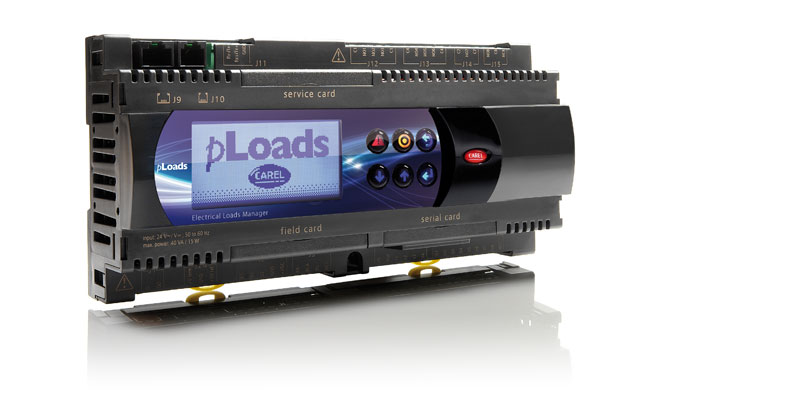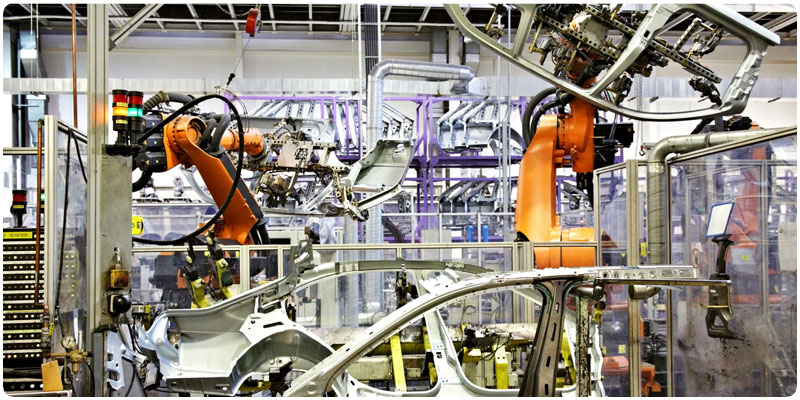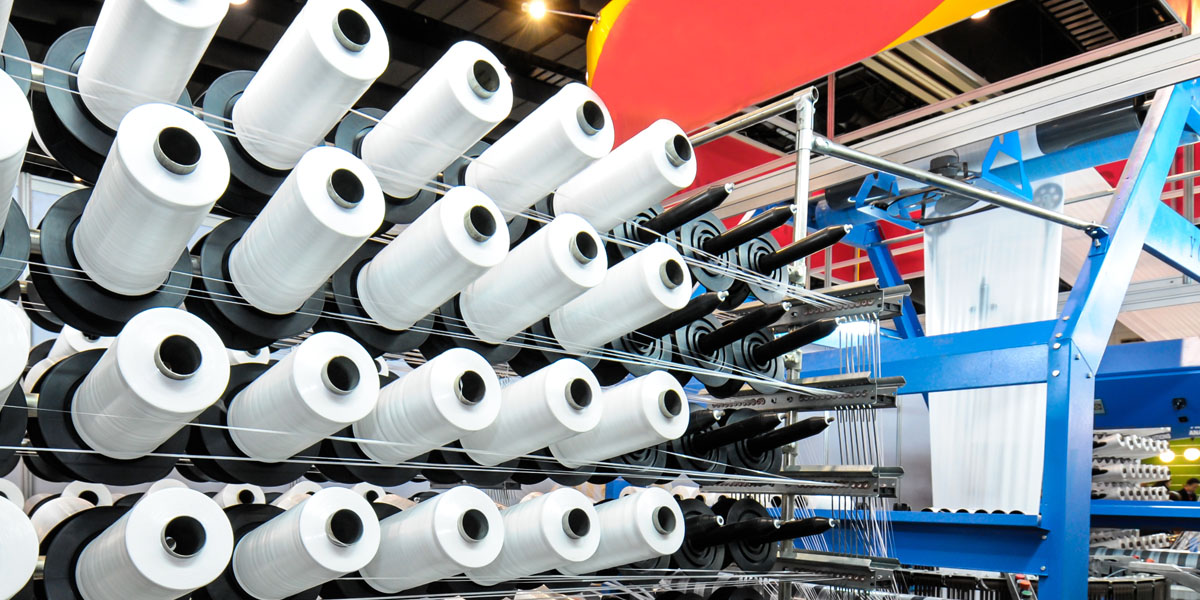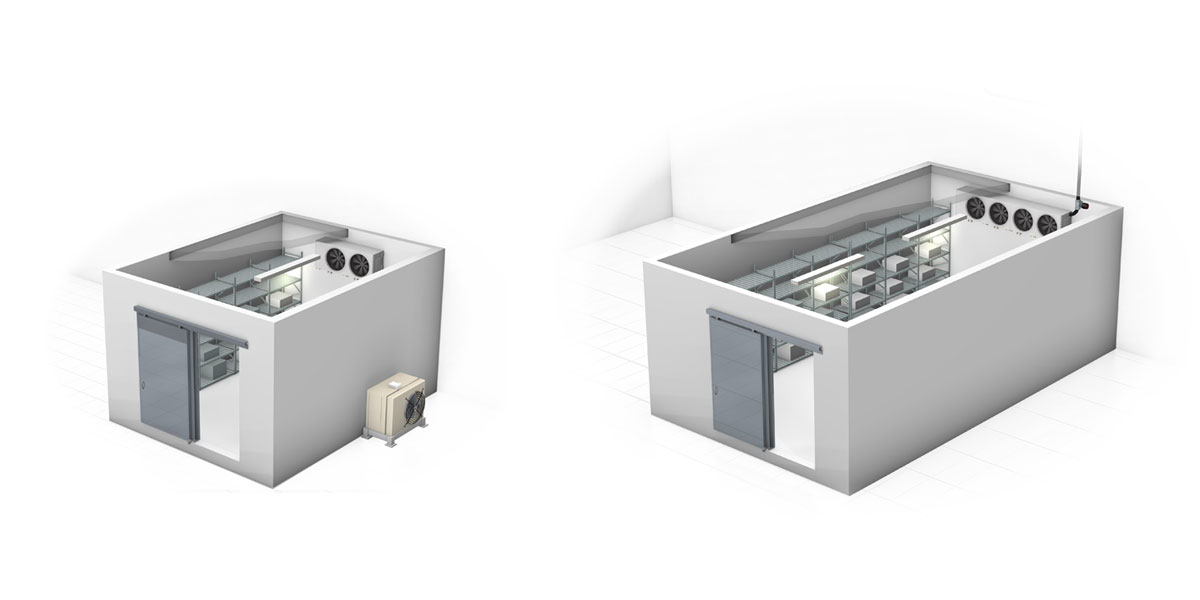Energy management - pLoads



General characteristics
The CAREL solution for energy control and monitoring offers a complete range of devices designed to significantly reduce energy waste, consequently increasing cost savings for the end user. The solution provides a pLoads controller capable of managing electrical loads and a three-phase energy meter complete with current transformer. Ideal for monitoring electrical loads and for disconnecting these when exceeding the consumption threshold.
pLoads is the controller for intelligent management of energy consumption. It can interface with the ‘CAREL emeter3’ three-phase energy meter as well as some of the most common three-phase energy meters on the market.
Available in two sizes (Compact and Large), it can manage the scheduling of up to 12 electrical loads.
The main feature is the ability to cut loads based on different thresholds:- Power (W)
- Apparent power (kVA)
- Energy (kWh)
This allows precise control over peaks in consumption, avoiding tariff penalties for excess consumption. Disconnection of the loads when exceeding the consumption thresholds follows specific safety times and priorities for each load, which can be set by the user, including via remote.
The system can also manage energy, water and gas consumption accounting via instruments that provide pulse signals.-
Plus
- Display, including via remote, of all electrical values from the field on a single user interface.
- Identification of any abnormal consumption and wasted energy.
- Alarms when exceeding consumption thresholds.
- Load scheduling through specific and detailed time bands, with exception periods.
- Installation flexibility enhanced by wireless network support on the standard CAREL rTM system.
- Possibility to interface with the standard pRack controller (P/N PRK*00*); the two controllers can in fact limit or modulate the cooling capacity delivered, optimising power consumption so as to peaks in demand while at the same time ensuring correct functioning of the refrigeration unit.


















